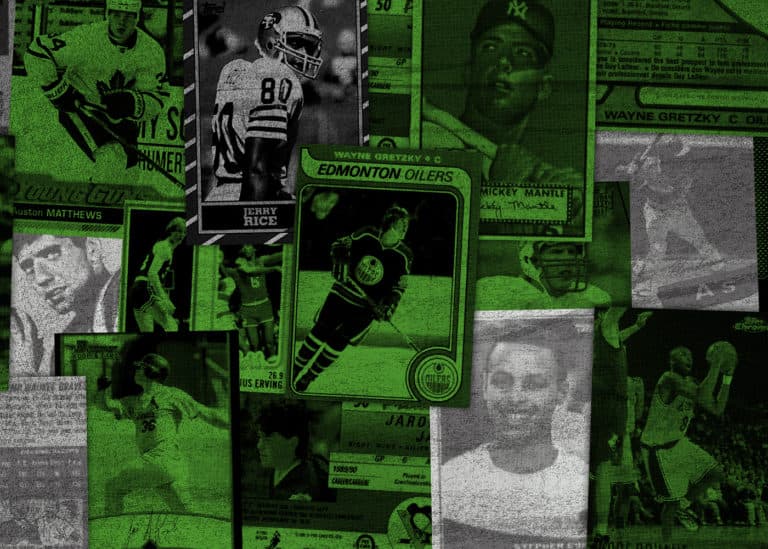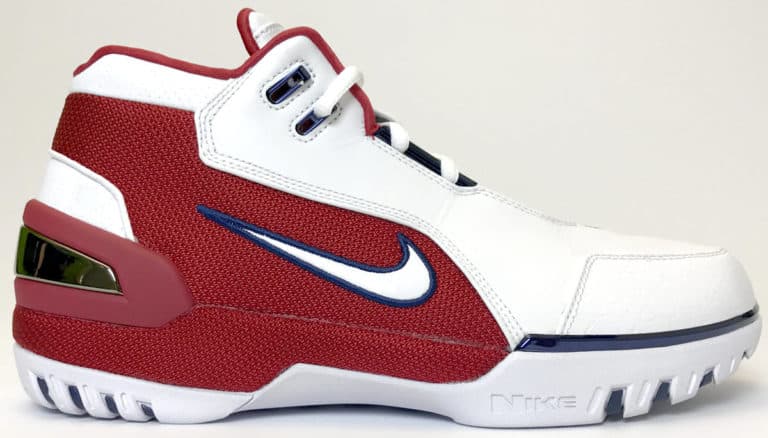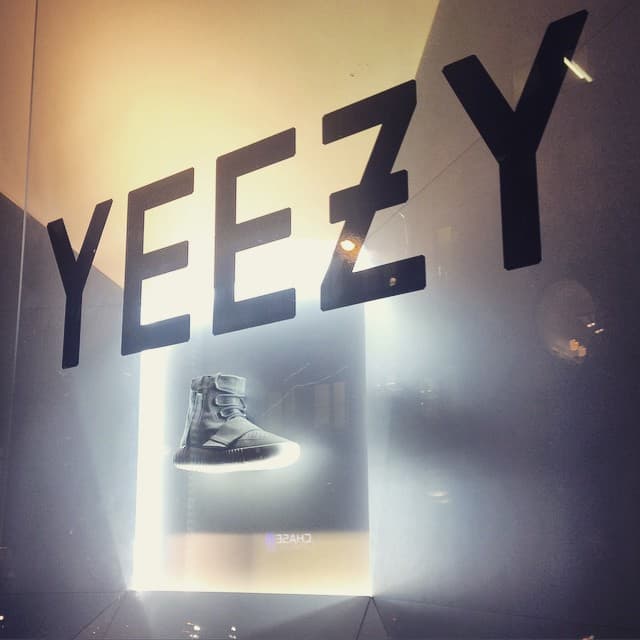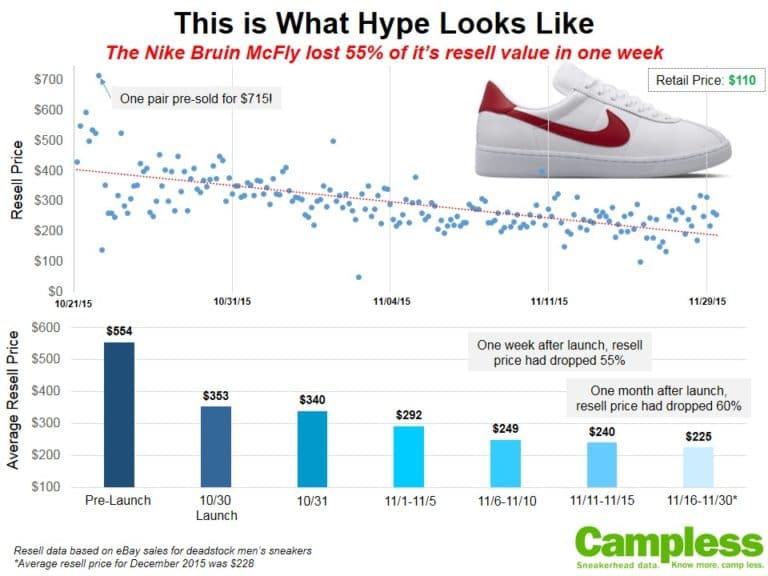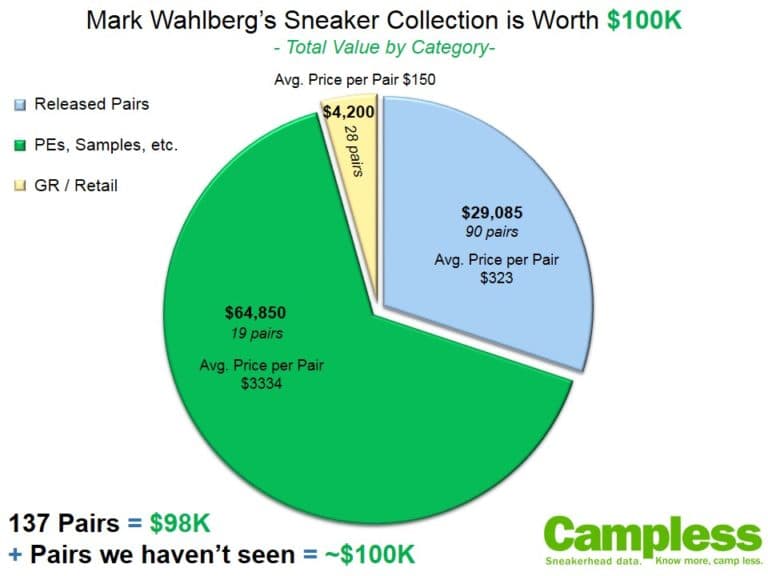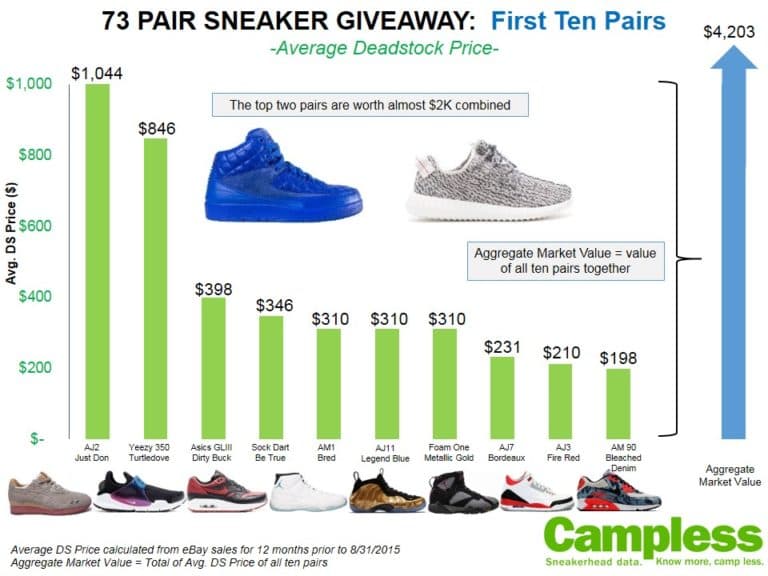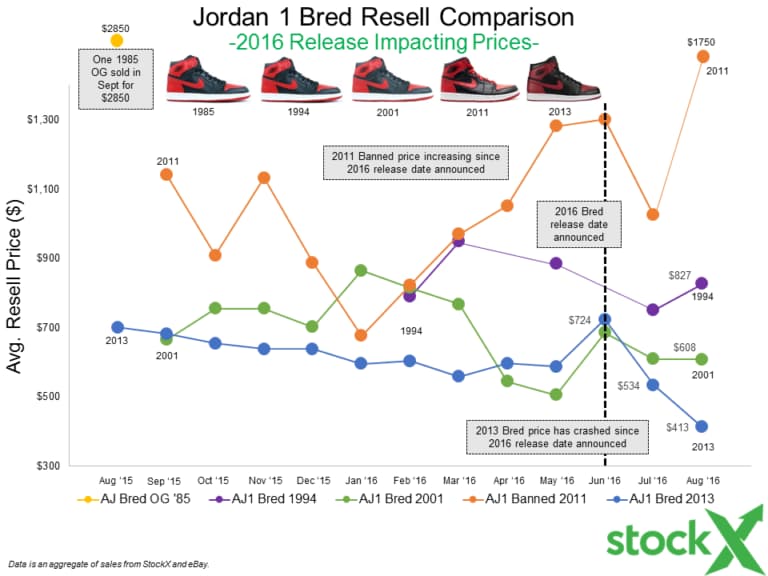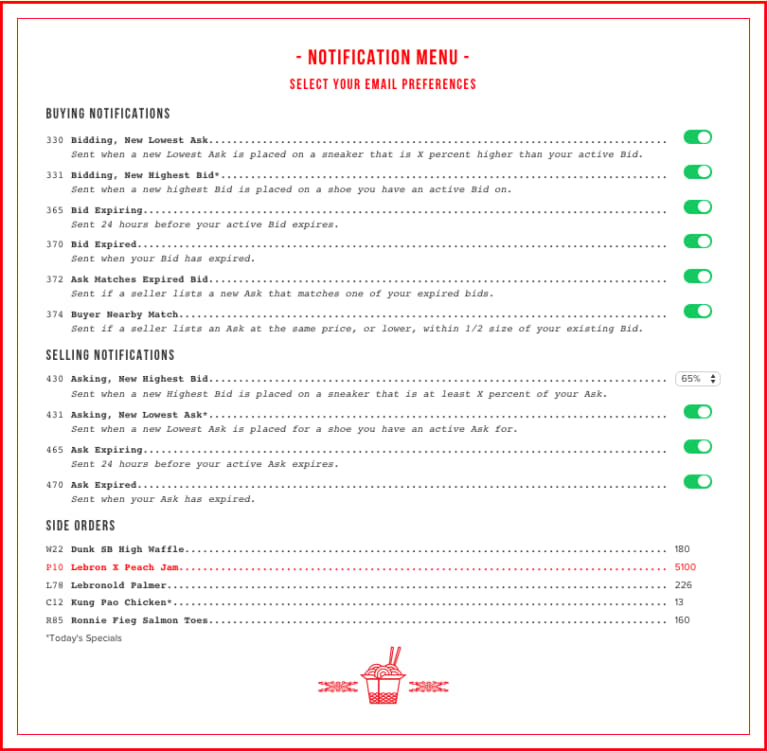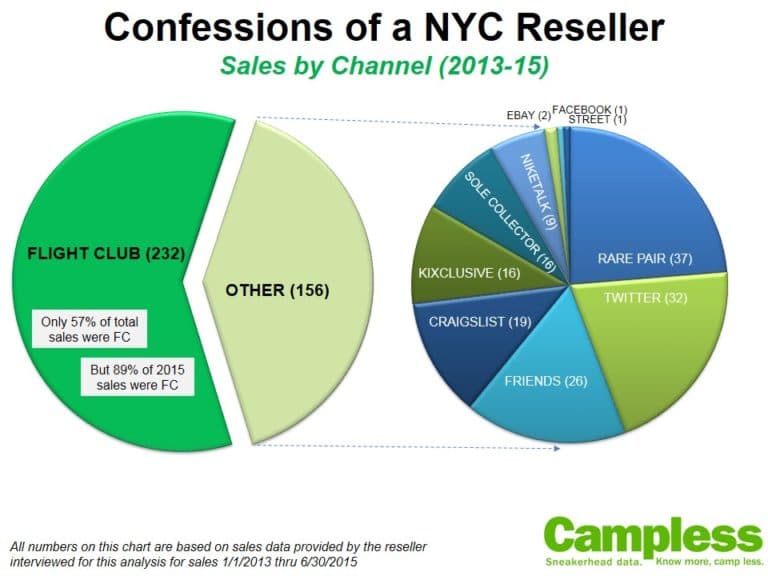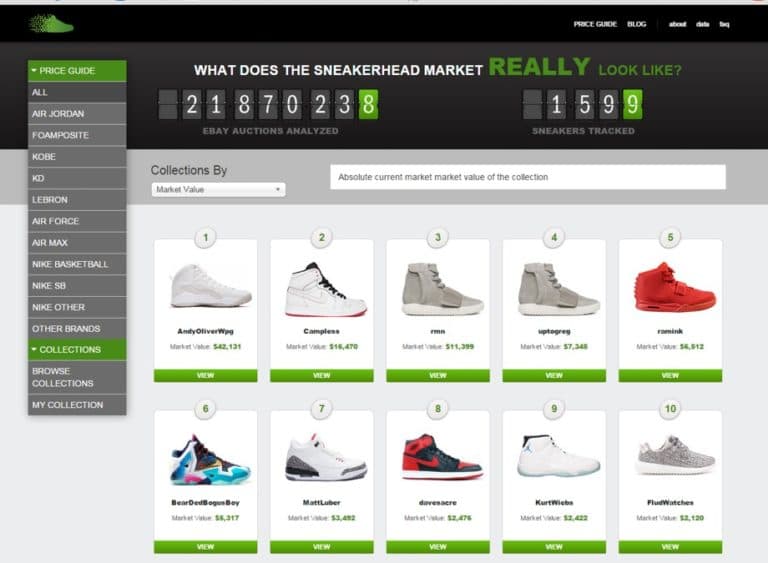
Keep Up With The Latest In Trading Cards
Get exclusive access to news, prices, and trading card promotions. Be sure to sign up for a StockX account on the following page if you don't already have one.
I started collecting cards in 1987, when I was nine – right around the same time I started collecting sneakers. And like a lot of people from my generation, I stayed with sneakers but took a long hiatus from cards. From a financial standpoint, I kind of wish I had made the opposite decision (ha!), but as fate would have it, I am now back in the hobby deeper than ever, and I couldn’t be more excited! My nine-year old self would be proud.
And I’m not the only one.
This clip from Gary Vaynerchuk last April couldn’t be more spot on:
My resurgence into cards started during Thanksgiving of 2018. I drove my wife and two kids in our mini-van (damn right! that’s elite level function and comfort!) to my parent’s house in Philadelphia. My mother, always the astute observer of detail, quickly pointed out that this was the first time I had DRIVEN home since 1995. This meant it was finally time for me to remove all of my baseball cards from her basement. I couldn’t argue with her logic – or the size of our mini-van – so off they went. After returning home with these relics of my youth, I promptly spent the next week going through all my old cards. It was a prototypical junk-wax era collection, heavy on Griffey, but with a dozen Willie Mays (including a ’52 Topps!). When I returned to the office, I was excited to explore more.
At the time StockX had four verticals – sneakers, streetwear, watches, and handbags (collectibles was still part of streetwear). Over the years we’d researched dozens of new categories to add to our marketplace, but we’d never gone deep on cards. [We also never went deep on banjos – shoutout that guy at Nike HQ, you know who you are – but that’s another story].
It didn’t take long to recognize that trading cards were a uniquely perfect product for our ‘Stock Market of Things’ model. This model has been the core of StockX since day one, and the secret of our success. Every vertical, every product that we’ve added to the site must first, above all else, fit the model. After that there are plenty of other considerations – it’s basically Porter’s Five Forces – but fitting the unique single product page, Bid/Ask model was the bright line dealbreaker.
So how do trading cards fit the model?
First, it’s worth noting that for every other product on StockX, we’ve taken consumer goods (sneakers, streetwear, etc.) and commoditized them in order to fit the stock market model. But trading cards aren’t consumer goods. Trading cards already are commodities; trading cards already are investable assets.
Second, when we look back to the fundamental inefficiency in the sneaker market back in 2012 when we started Campless (which would later become StockX), the singular issue was lack of a price guide. At the time, the best way to determine the true market value for a pair of sneakers was to search eBay closed auctions. In trading cards today, how do people determine market price? That’s right: eBay closed auctions.
Finally, there’s the power of a single product page. A deadstock Jordan 1 Travis Scott size 10 is a deadstock Jordan 1 Travis Scott size 10. I don’t need a picture of the actual shoe to know what I’m getting. Similarly, a 2018 Prizm Luka Doncic PSA 10 is a 2018 Prizm Luka Doncic PSA 10. The reason there’s one page for a Travis 1 on StockX is the same reason you don’t need 513 listings (actual eBay search results as of 5/6/20) for a Luka Prizm 10.
Ok, so we agree: trading cards are an ideal product for the ‘Stock Market of Things’, but there’s an X-factor here, right? I genuinely didn’t intend the pun, but StockX has become a guidepost for the products that matter in culture today. Do trading cards fit that?
You should know the answer now: trading cards are what’s next.
But don’t take my word for it…
If you didn’t watch Gary’s video above, please watch it here, for real.
Or check out the latest project from Topps, where the best selling card was designed by Ben Baller!
Or marvel at this giant Pokemon card that Daniel Arsham created!
Or read last week’s Sports Illustrated Daily Cover article, which was about trading cards!
Or favorite this recent tweet about cards from one of the largest sneaker resellers in the world!
Or join this ESPN writer in mourning his lost childhood in “My Priceless, Worthless Trading Cards”!
Over the past few months I’ve personally advised some of the biggest names in the sneaker / streetwear / art / fashion worlds about getting into cards . . . and for most of them, it was about getting BACK into cards.
And that’s where the similarities to sneakers continue to abound.
From 2011-2014, the sneaker industry’s hypergrowth (riding the coattails of Instagram) was almost entirely a function of new people entering the hobby. Those new people were equal parts young kids discovering kicks for the first time and older generations re-discovering kicks in the age of e-commerce. In 2014 (the year Campless really took off), I had multiple emails a week from people I grew up with asking if I could help them find sneakers from our youth. Today someone asked for help with an Iverson rookie.
And it’s all just the tip of the iceberg.
[SNEAKERS]: StockX sells more sneakers today than what we thought the size of the entire resell market was when we launched in 2015. [CARDS]: Last month, eBay trading card sales grew by 59%.
[SNEAKERS]: In 2015, the Air Jordan 1 Chicago released and was immediately reselling for ~$450. Following the success of the Off-White Jordan 1 Chicago, the 2015 version jumped to over $1500. [CARDS]: A month before The Last Dance aired, Scottie Pippen rookies were selling for $50. By the end of the first episode, they were $600.
Hyper growth is real. The impact is visible, tangible and extraordinary. It impacts volume and price, and markets as a whole. But as we’ve always noted, it’s all just supply and demand – it’s ECON 101 – and that brings us to what I believe is the single driving factor in the demand for the products that we sell on StockX: convergence.
If there’s a one-word hypothesis for StockX today, it’s CONVERGENCE.
Convergence of sneaker culture and mainstream.
Convergence of streetwear and high fashion.
Convergence of retail and resell.
Convergence of art and commerce.
And now the convergence of trading cards and everything else.
The last two events I went to before the world shut down were Paris Fashion Week in January, and NBA All-Star in February. And you know what? The exact same people were there. I was at the Dior show and the Slam Dunk Contest. The exact same people were there. The LV Party and Jordan Party? Exact same people.
By the way, Super Bowl? Same thing. CES? Art Basel? Coachella? ComplexCon? Intersect? Check. Check. Check. Check. Check.
The same people, the same brands, the same companies – those that define ‘culture’ (no matter how much we cringe using that word) – are now ubiquitous across industry.
The point is, after more than a decade of brands leveraging scarcity as a strategy, the products of our industry – sneakers, streetwear, apparel, collectibles, watches, bags, art, and fashion – now more than ever blur the line between each other and, as a result, blur the line between consumer good and financial asset. In this way, they are exactly like trading cards. And the people who create these products are just as celebrated as the world’s greatest athletes. So, it was only a matter of time before trading cards themselves became part of that culture, as well.
I guess what I’m saying is: trading cards are what’s next.



